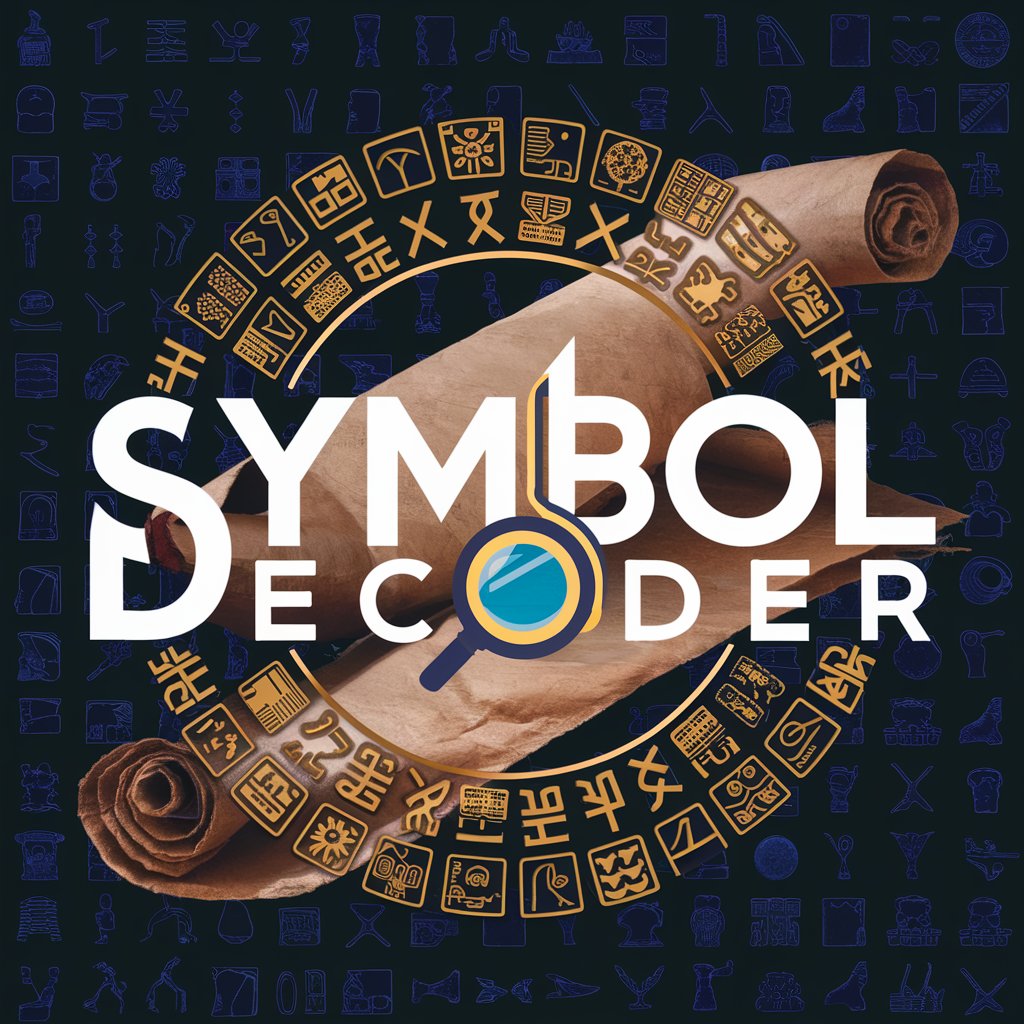
Literal Interpretation - Literal Bible Interpretation

Emphasizes respect for religious terms
AI-Powered Literal Bible Interpretation Tool
Explain the biblical stance on marriage and divorce.
What does the Bible say about the Holy Spirit's role in marriage?
Discuss the biblical grounds for divorce.
How does the Bible guide reconciliation in marriage?
Get Embed Code
Introduction to Literal Interpretation of the Bible
Literal Interpretation is the approach of understanding the Bible by taking its text at face value. This method assumes that the meaning of Scripture is straightforward and should be understood as fact unless the text itself clearly indicates a metaphorical, symbolic, or allegorical interpretation. The purpose is to preserve the intended meaning of the biblical authors, believing that the events, laws, prophecies, and teachings in the Bible are historically and theologically accurate. For example, when Genesis states that God created the world in six days (Genesis 1:1-31), a literal interpretation would conclude that these are six actual 24-hour days. Similarly, when the Bible describes miracles like Jesus walking on water (Matthew 14:22-33), these are taken as literal historical events. Literal Interpretation is designed to maintain the integrity of biblical inerrancy, where the Bible is free from error in its teachings, particularly in matters of history and prophecy. Powered by ChatGPT-4o。

Main Functions of Literal Interpretation
Direct Biblical Analysis
Example
The creation account in Genesis is understood as six literal days of creation, with each 'day' referring to a 24-hour period, based on the repeated phrase 'there was evening, and there was morning.'
Scenario
In studying Genesis 1, a Literal Interpretation approach would examine the Hebrew word 'yom' (day), affirming that it refers to a literal day unless there is textual reason to think otherwise. This would be applied in discussions or debates over creation timelines.
Literal Prophetic Fulfillment
Example
The prophecy in Isaiah 7:14 that a virgin would conceive and bear a son is interpreted literally, leading to the understanding that Jesus’ birth was a supernatural event as described in the Gospels (Matthew 1:22-23).
Scenario
In discussions about the Messianic prophecies, a Literal Interpretation ensures that prophecies like the virgin birth or the crucifixion of Christ are understood as events that happened in history exactly as foretold.
Historical Reliability of Biblical Events
Example
Events like the parting of the Red Sea in Exodus 14 are taken as literal history, affirming that God performed miraculous acts on behalf of the Israelites.
Scenario
When reading about the Israelites’ escape from Egypt, a Literal Interpretation approach would teach that the Red Sea was physically parted by divine intervention, supporting the historical reliability of miraculous events in the Bible.
Ethical and Moral Teachings
Example
The Ten Commandments in Exodus 20 are understood as literal commands from God to be followed by all believers.
Scenario
In teaching Christian ethics, the Literal Interpretation holds that moral laws like 'Thou shalt not steal' are universal and timeless, directly applicable to all believers without reinterpretation.
Literal Understanding of End-Time Prophecies
Example
The events described in the book of Revelation, such as the return of Christ in Revelation 19:11-16, are taken as literal future occurrences.
Scenario
When discussing eschatology (end-times study), Literal Interpretation holds that Jesus will physically return to the earth as described in the Bible, and this affects the way Christians understand the fulfillment of future events.
Ideal Users of Literal Interpretation Services
Conservative Evangelicals
Conservative evangelicals often hold to the inerrancy of Scripture and believe in the literal truth of biblical accounts. They benefit from this interpretation because it aligns with their theological beliefs and emphasizes the historical reliability of the Bible. Literal Interpretation supports their approach to doctrines like creation, prophecy, and miracles.
Young Earth Creationists
Young Earth Creationists interpret the Bible literally, especially the early chapters of Genesis, to support their belief that the earth is only several thousand years old. This approach provides them with a framework to understand the creation account, the Flood, and other early biblical events as literal history.
Christians Studying Prophecy
Christians interested in eschatology, or the study of end-time prophecies, often prefer a literal interpretation of prophetic books like Daniel and Revelation. This group benefits from the Literal Interpretation as it affirms the future physical return of Christ and other detailed prophetic events.
Biblical Apologists
Biblical apologists use Literal Interpretation to defend the accuracy and truthfulness of the Bible. They find this approach helpful in providing clear, historical, and factual answers to critics who challenge the authenticity of biblical events, miracles, and teachings.
Theologically Conservative Educators
Professors, pastors, and teachers in theologically conservative settings benefit from Literal Interpretation as it offers a consistent method of teaching biblical doctrine without the need for symbolic reinterpretation, ensuring that students or congregations understand Scripture as historically and factually accurate.

Steps to Use Literal Interpretation
1
Visit yeschat.ai for a free trial without login, no need for ChatGPT Plus.
2
Ensure you have a copy of the Bible in your preferred translation for reference.
3
Approach the text with the understanding that it is to be taken at face value, unless explicitly stated otherwise.
4
Cross-reference passages with other parts of the Bible to maintain consistency in interpretation.
5
Use historical and cultural context from the time of writing to enhance understanding of the text's plain meaning.
Try other advanced and practical GPTs
Flask
Powering web apps with simplicity and flexibility.

Svelte
AI-powered tool for building fast web apps.

PowerShell
Efficient task automation with AI-driven PowerShell

CSS
AI-powered CSS for modern web design.

将来年収シュミレーター
Project Your Earning Potential

YouTube Title Generator
Craft Winning Titles with AI

Corretor
Perfect Your Portuguese with AI

Text to Video Generator
Instant AI-Powered Video Creation

Next.js
AI-powered tool for creating Next.js apps

Tech Overlord
Empower Your Tech with AI

Animate Me 3D
AI-powered Pixar-style 3D transformation

Correcteur de Français
AI-powered French grammar correction

Q&A about Literal Interpretation
What is Literal Interpretation?
Literal Interpretation is a method of reading and understanding the Bible by taking the text at its plain meaning, assuming events, descriptions, and teachings are real and historically accurate unless explicitly stated otherwise.
How does Literal Interpretation handle symbolic language?
Symbolic language is acknowledged only when the biblical text itself clearly indicates that something is a metaphor, allegory, or symbolic. Otherwise, the text is interpreted literally.
Why is Literal Interpretation important?
Literal Interpretation ensures that the reader remains true to the intended message of the biblical authors, maintaining the integrity and historical context of the Scripture.
Can Literal Interpretation be applied to all parts of the Bible?
Yes, Literal Interpretation can be applied to all parts of the Bible, but it requires careful consideration of the genre, context, and authorial intent to determine if a passage is meant to be taken literally or symbolically.
What are some challenges of Literal Interpretation?
Challenges include understanding ancient cultural and historical contexts, recognizing figurative language when it is clearly indicated, and reconciling difficult passages that seem contradictory when taken at face value.





